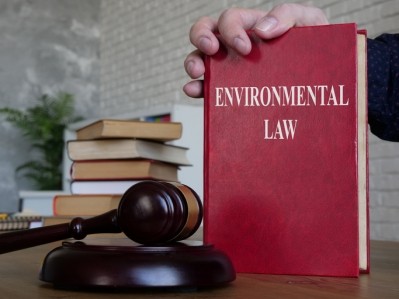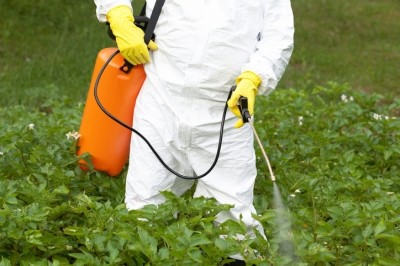Chlorpyrifos maker ‘fundamentally disagrees’ with EFSA assessment

In a statement shared with this publication, the company said: “We fundamentally disagree with the conclusions from EFSA. No active ingredient had been more thoroughly researched than chlorpyrifos and the EFSA conclusions do not match the conclusions of other major regulatory bodies, including US-EPA, Australia-APVMA or the World Health Organization (WHO).”
Corteva declined to elaborate further on the subject, saying, “We need more time for further assessments”.
Chlorpyrifos, used on fruit, vegetables and crops such as corn and soybeans, is currently undergoing a scientific assessment by the European Food Safety Authority (EFSA) as part of its reauthorization application. Its license in the EU expires at the end of January 2020.
Although the study has not been completed, on August 2, the agency declared that the substance “does not meet the criteria required by legislation for the renewal of its authorization in the European Union (EU)”, adding that it will “present a proposal not to renew the authorization of active substances”.
EFSA identified concerns about possible genotoxic effects as well as neurological effects during development, supported by epidemiological data indicating effects in children.
'No safe exposure level'
“This means that no safe exposure level – or toxicological reference value – can be set for the substance,” said EFSA in the statement.
Several consumer campaign groups, including HEAL, SumOfUs, PAN Europe, PAN Germany and Générations Futures, have welcomed EFSA’s conclusions, which they view as a step towards getting chlorpyrifos banned “as soon as possible” in Europe.
“The high toxicity of chlorpyrifos for human health is backed up by a sound corpus of scientific evidence and now by EFSA as well,” Natacha Cingotti, senior policy officer, chemicals and health, with Health & Environment Alliance (HEAL), told FeedNavigator.
“EFSA states that chlorpyrifos meets the criteria for classification as toxic for reproduction category 1B and also that toxicological reference values could not be established, which clearly confirms that chlorpyrifos is harmful even at low doses of environmental exposure. This is critical not only for children, whose brains are still developing, but also for farmers who are the first to be exposed to the substance. Based on this assessment, chlorpyrifos meets the criteria for exclusion under European legislation,” she said.
Viable alternatives?
The pesticide is favored by farmers because it does not have a residue and can control many different pests. Previously, the American Soybean Association warned that in the event of chlorpyrifos’ removal from the US market, farmers would need to turn to pyrethroid pesticides instead, which would “exacerbate the resistance problem and create a new problem”.
However, HEAL and SumOfUS, both of whom support an EU-wide ban, argue that “healthy and non-chemical alternatives exist to replace chlorpyrifos”.
“European authorities and national governments have to support farmers in transitioning away from toxic pesticides, providing them with financial support and training to non-chemical alternatives in order to protect their health and help them farm in a way that is sustainable and viable in the long term. A recent study released by scientists from IDDRI [Institute for Sustainable Development and International Relations] ...shows that this is possible,” said Nabil Berbour, campaign manager at SumOfUs.
US situation
Chlorpyrifos has also been in the spotlight in the US, and in August 2018, a ban was ordered by the Ninth Circuit Court of Appeals. This ruling was subsequently overturned and currently chlorpyrifos remains on the market as it undergoes registration review by the Environmental Protection Agency (EPA), as part of the administration’s program to re-evaluate all pesticides on a 15-year cycle.
One of Corteva’s issues with EFSA’s conclusions is that they “do not match the conclusions of other major regulatory bodies, including the US EPA”.
However, HEAL’s Cingotti countered this argument, saying: “As for the US EPA, the agency originally was on course to ban chlorpyrifos from all food crops and the recent change of position of the agency has been criticized for being heavily influenced by the pesticide industry. In the meantime, several US states have either already adopted or are working on state-level bans and there is also an ongoing lawsuit seeking for a nationwide ban”.
Since the insecticide was placed on the European market in 2005, eight EU countries have banned products containing chlorpyrifos.












